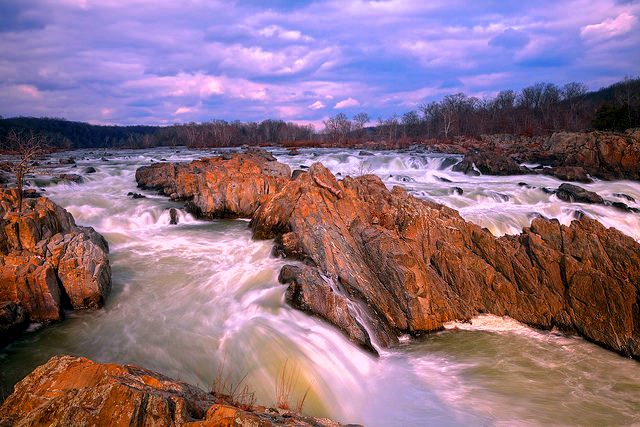Protect Your Summer Fun
Summer brings with it many pleasures, such as outdoor concerts, afternoons at the beach, leisurely picnics, and walks in parks. Along with all that outdoor splendor are seasonal realities that, if you’re not careful, can spoil summer fun. Here’s how you can protect yourself.
Protect Skin from Head to Toe
You’ve heard it all before: Wear sunscreen every day, apply at least 15 minutes before you go out, even if you’re going to be in the shade. But, do you really heed those instructions? Perhaps you’ve accepted that the damage is done so there’s no need to further protect your skin. But, be aware.
“Everyone should use photoprotection, including sunscreens,” says dermatologist Lorraine Young, MD, UCLA Medical Center.
WHAT YOU CAN DO
Elderly people are at the highest risk for heat-related illnesses, according to geriatrician Grace Chen, UCLA Medical Center. Here are a few of her tips for staying cool when the heat in on.
- Take cool showers or baths, if possible, to bring skin temperature down.
- Avoid using the stove and oven to cook, as it makes your home and you hotter.
- Stay updated with weather forecasts from local news agencies to know when excessive heat warnings are in effect.
- Drink even when not thirsty. Elderly people often have impaired thirst mechanisms. Water is best.
Protecting your skin includes selecting proper outdoor clothing, wearing sunglasses that block UV rays, and applying a broad-spectrum sunscreen of at least 30 SPF. Broad-spectrum sunscreen protects skin against photo (light) damage and rashes caused by sun exposure. Choose hats with a brim wide enough to shade your face, ears, and back of the neck. Tightly woven caps, such as canvas, provide more protection than straw hats with holes. Some clothing (swim shirts, sun shirts, dresses and more) may be UV-protectant: Look for the Skin Cancer Foundation’s Seal of Recommendation. The density of fabric weaves can also protect somewhat. For example, a dark denim shirt provides more protection than a white cotton T-shirt provides.
Keep Yourself Cool
Heat rash has many names, but no matter what it’s called, it’s an inflammation of the skin caused by blocked sweat glands. The most common places for the rash to appear are creases in the skin, such as the armpits, neck, and groin, where skin rubs against adjacent skin. To reduce the risk of heat rash, wear breathable loose clothing that wicks moisture and dries quickly. Also, don’t use oil-based skin products, as these can block pores.
“Heat rash, also called miliaria, is best treated and avoided by using a cool fan and not lying in bed for long periods of time,” says Dr. Young.
- Clear heat rash (miliaria crystallina) looks like small, clear beads of sweat on top of the skin. It is the mildest form and usually doesn’t cause much discomfort.
- Red heat rash (miliaria ruba) is also called “prickly heat” because it itches and burns.
- Deep heat rash (miliaria profundal) is the least common form and is caused by chronically inflamed sweat glands. In this more severe case, deeper layers of the skin are affected, and the rash may appear as large, firm bumps.
- Over-the-counter, anti-itch creams containing calamine, menthol or camphor may help relieve symptoms. If a yellow or white rash appears, it could be a sign of an infection and should be checked out by a doctor.
A Life-Threatening Condition
Poor blood circulation, inefficient sweat glands, high blood pressure and some medications (e.g., diuretics, tranquilizers) can reduce sweating. When sweating can’t cool you down, you are at risk for hyperthermia, which can lead to several conditions, from mild to life threating.
- Heat cramps are a painful tightening of muscles in the stomach, arms, or legs. Find relief by drinking fluids and cooling your body.
- Heat edema creates swelling in the feet or ankles. Remedies include drinking fluid and elevating your legs.
- Heat exhaustion has a number of symptoms, including feeling dizzy, thirsty, uncoordinated and nauseous, cold, and clammy. Drink plenty of fluids, and rest in a cool place. Left unaddressed, heat exhaustion can lead to heat stroke.
Heat stroke is a life-threatening condition in which body temperature may quickly rise above 106° F. Symptoms include dry skin, a rapid, strong pulse, dizziness, disorientation, nausea, and confusion. If you see any of these signs, get medical help right away. Apply cold compresses, find a cool place, and call 911.
The post Protect Your Summer Fun appeared first on University Health News.
Read Original Article: Protect Your Summer Fun »
Powered by WPeMatico


